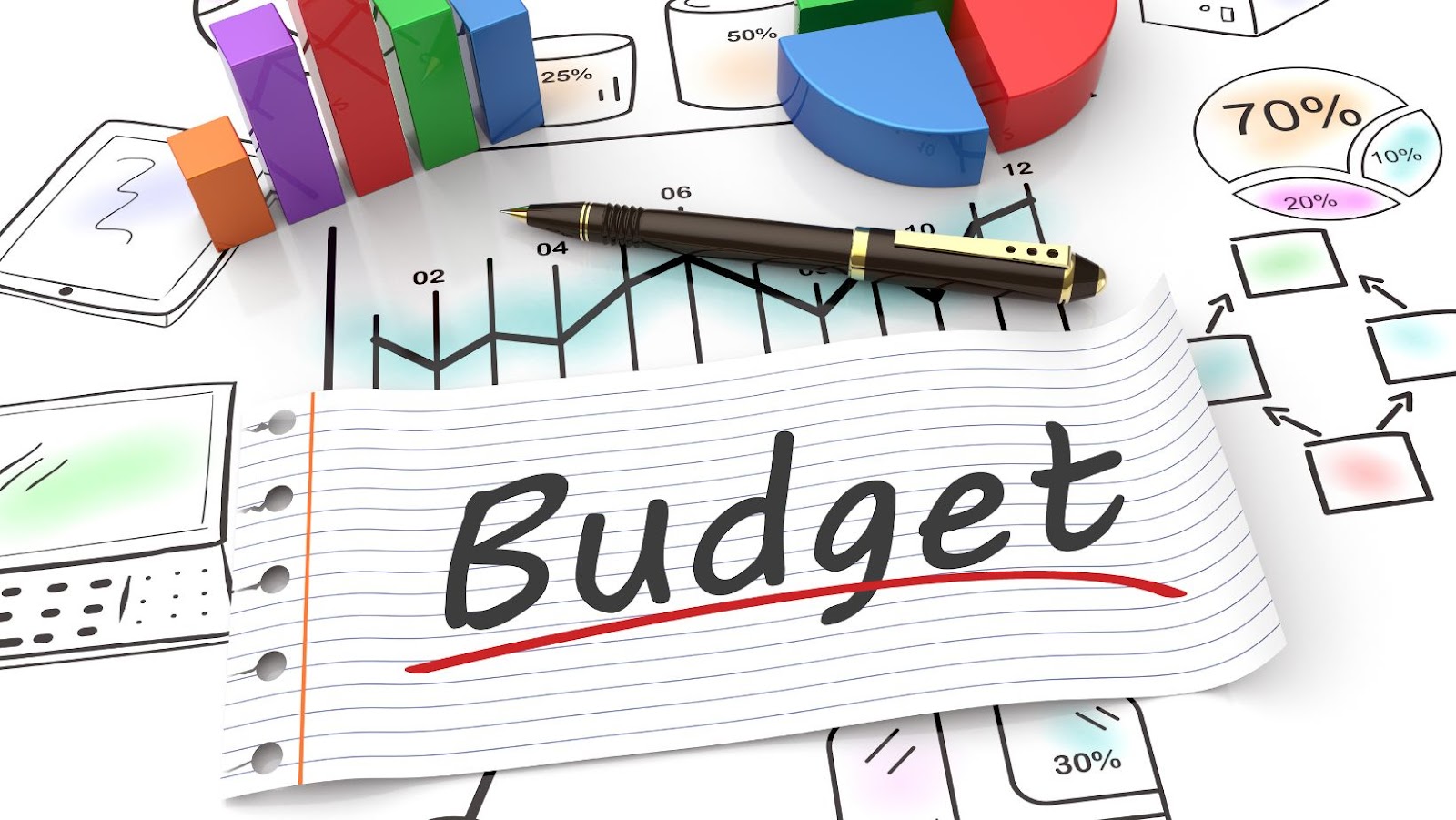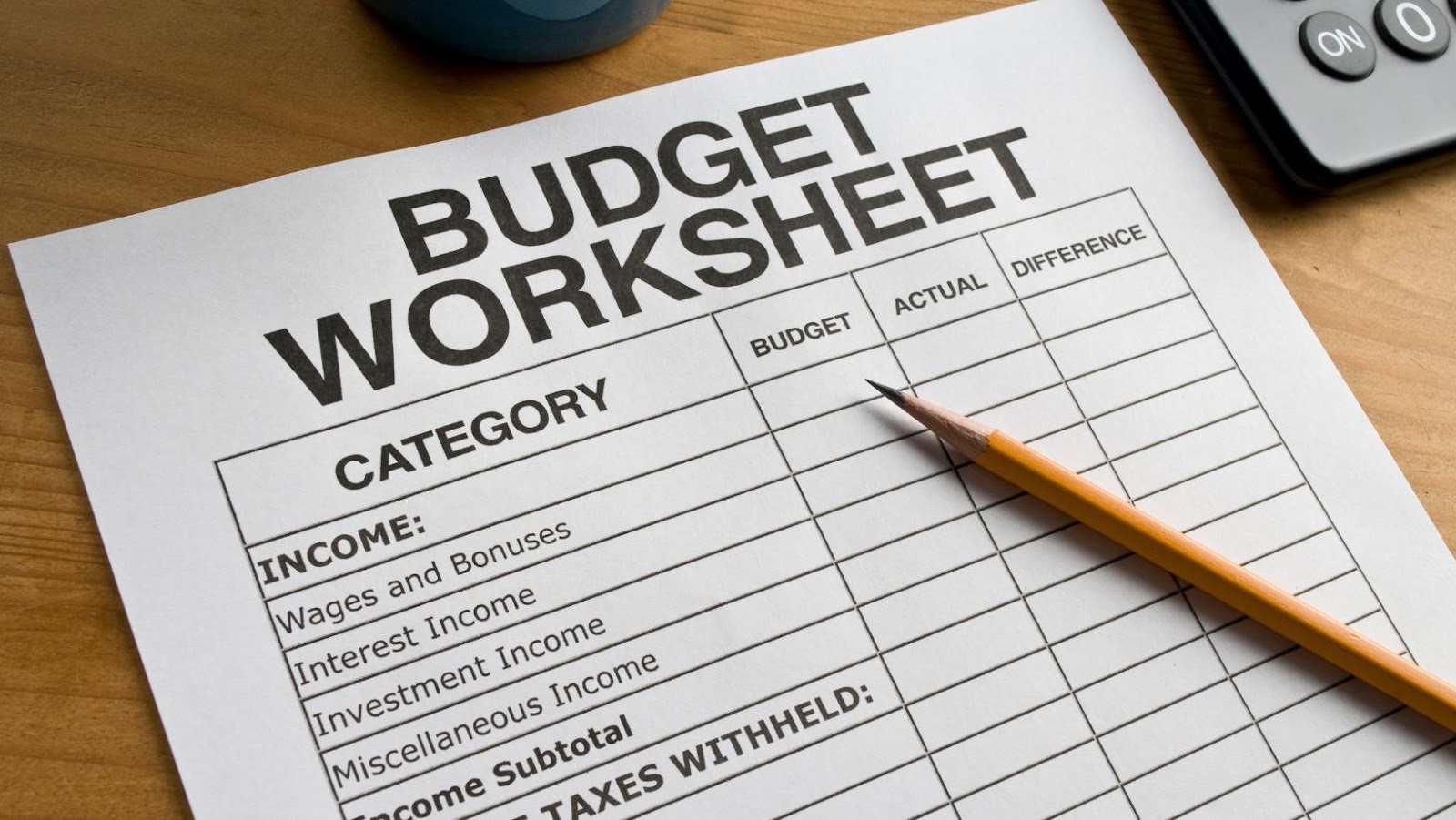
Using multiple cost drivers on a flexible budget report will generally provide a better analysis of actual versus budgeted performance. A cost driver is any factor that affects the cost of an activity, and by using more than one, you can better identify the cause of any variances. The most commonly used cost drivers are the volume of output and changes in activity levels. By incorporating several cost drivers, you can produce a more accurate budget and, more importantly, analyze the reasons behind any variances.
In addition, using multiple cost drivers allows you to create a more versatile budget that can adapt to different scenarios more effectively. For example, if you only use one cost driver, such as volume of output, your budget will be inflexible and have limited functionality. By incorporating several cost drivers, you can create a more comprehensive report that is tailored to your organization’s unique situation and better reflects its operational reality.
Overall, using multiple cost drivers on a flexible budget report will generally result in more accurate and adaptable financial information. With this approach, companies are better equipped to identify any variances from planned activity and make more informed business decisions that can improve their bottom line.
Using Multiple Cost Drivers on a Flexible Budget Report
Using multiple cost drivers on a flexible budget report will generally lead to more accurate financial predictions and better decision-making capabilities. A cost driver is any factor that affects the cost of producing a product or providing a service. By incorporating several cost drivers into a flexible budget report, businesses can get a clearer picture of how changes in those factors will impact their overall financial situation.
Here are a few key benefits to using multiple cost drivers on a flexible budget report:
- Greater accuracy: When a business bases its budgets on more than one cost driver, it can more accurately predict future expenses and revenues. This is especially true when actual costs don’t match previous budget projections. By using multiple drivers, businesses can identify and address the root cause of these discrepancies.
- Better decision-making: A flexible budget report that incorporates multiple cost drivers enables businesses to make better decisions based on more accurate data. Businesses that understand how different cost drivers impact their budgets can make informed decisions about which drivers to prioritize and which may need more attention.
- Improved performance monitoring: By tracking multiple cost drivers on a flexible budget report, businesses can better monitor their performance and identify areas where they may need to make adjustments. This allows them to take corrective actions that can help improve their bottom line over time.
It’s important to note that the specific cost drivers used will vary depending on the business. For example, a manufacturing company might use cost drivers like labor hours, machine hours, and materials to track its expenses. A service-based business, on the other hand, might use cost drivers like customer volume or number of completed projects.
In conclusion, using multiple cost drivers on a flexible budget report can lead to more accurate financial predictions, better decision-making capabilities, and improved performance monitoring. By incorporating a range of cost drivers, businesses can maximize their financial potential and make informed decisions about how to allocate their resources.
Benefits of Incorporating Multiple Cost Drivers
As an expert in budgeting, I can confidently say that using multiple cost drivers on a flexible budget report will generally lead to more accurate cost estimates and better decision-making. Here are some of the benefits of incorporating multiple cost drivers on a flexible budget report:
- Increased Accuracy: When using multiple cost drivers, it becomes easier to identify the factors that are truly driving costs, and to allocate costs based on their true drivers. This leads to more accurate cost estimates and a clearer understanding of where costs are coming from.
- Better Decision-Making: Incorporating multiple cost drivers also enables businesses to make more informed decisions about how to allocate resources. By understanding which factors are truly driving costs, businesses can better prioritize investments and identify areas where they can reduce costs.
- Flexibility: Using multiple cost drivers on a flexible budget report allows businesses to adapt to changing circumstances more easily. By incorporating several cost drivers, businesses can adjust their budget as market conditions change, helping to ensure that they are always equipped to make informed decisions.
- Improved Communication: Finally, using multiple cost drivers on a flexible budget report can help to improve communication among team members and with stakeholders. By presenting data in a clear, understandable format, businesses can ensure that everyone is on the same page when it comes to understanding costs, resource allocation, and overall financial strategy.
In summary, using multiple cost drivers on a flexible budget report can lead to more accurate cost estimates, better decision-making, greater flexibility, and improved communication. By leveraging the power of multiple cost drivers, businesses can gain a deeper understanding of where their costs are coming from and how to allocate resources most effectively.
Examples of Effective Cost Driver Combinations
When using multiple cost drivers on a flexible budget report, it is crucial to select the appropriate cost drivers that align with the organization’s strategic priorities. The following are examples of effective cost driver combinations that can help organizations achieve their desired objectives:
Example 1: Labor Hours and Production Units
Using labor hours and production units as cost drivers allows organizations to control and monitor their labor costs efficiently. By doing so, companies can analyze the relationship between labor hours and production and identify the optimal level of labor required to achieve a specific level of output. This information is critical in ensuring that organizations are fully utilizing their resources and can identify capacity constraints.
Example 2: Materials and Quality Inspections
Companies with high material costs can use materials and quality inspections as cost drivers to monitor and control their expenses. This approach enables organizations to identify whether material quality is adversely affecting the production process, leading to product defects or rework costs.
Example 3: Sales Volume and Marketing Expenditures
For companies operating in highly competitive markets, sales volume and marketing expenditures are powerful cost driver combinations. By tracking these metrics, companies can ascertain the effectiveness of their marketing efforts and adjust their strategy accordingly. Moreover, sales volume enables organizations to determine the amount of sales required to achieve their desired profit margins.
Example 4: Facility Occupancy and Energy Costs
Facility occupancy and energy costs are critical cost drivers for companies operating in manufacturing or production environments that require significant energy consumption. By monitoring these expenses, businesses can identify cost-saving opportunities and evaluate whether their current production facility is efficient in terms of space and energy consumption.
Example 5: Maintenance Costs, Equipment Usage, and Downtime
Maintenance costs, equipment usage, and downtime are cost driver combinations that can significantly affect a company’s profitability. Implementing these cost drivers enables organizations to track equipment usage and maintenance costs, and evaluate the impact of downtime on production efficiency. This information empowers decision-makers to optimize their maintenance schedules and improve production efficiency.
Using multiple cost drivers on a flexible budget report will generally help organizations better understand their costs and capacity limitations. Carefully selecting these cost drivers will enable management to identify areas for cost-saving opportunities and focus on areas that can enhance revenue generation.


